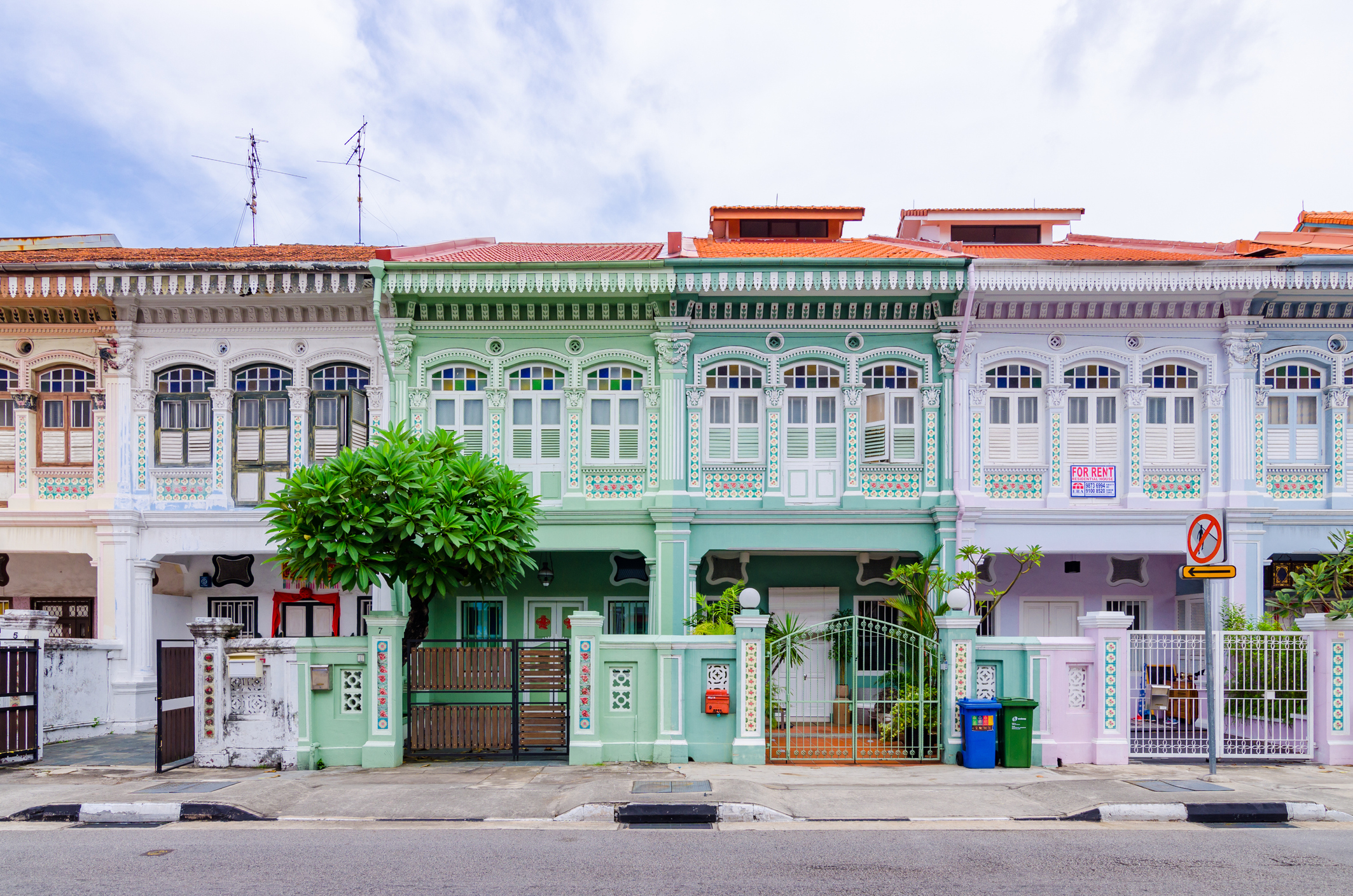The early Baba Malay continuum
June 4, 2025
In 19th century Singapore, a unique creole emerged among the Straits-born Peranakan community. Descendants of early Chinese traders who married local Malay women were referred to as Peranakans, with males known as Babas and females Nyonyas. The Peranakans settled largely in coastal Malacca and Singapore, developing a hybrid culture which they expressed through Baba Malay, a now endangered creole consisting of a Malay-based vocabulary and Hokkien sentence structures.
In the article “The Early Baba Malay Continuum” (Journal of Pidgin and Creole Languages, 2023), Associate Professor Nala H. Lee (NUS English, Linguistics and Theatre Studies) challenges the notion of Baba Malay as a static language defined by a fixed set of linguistic features. She illustrates the range of variation present in Baba Malay through an exploration of works from the late 1800s and early 1900s, which reveals the existence of a Baba Malay creole continuum during this period. The creole continuum is conventionally perceived as a range of different registers of a language which lay between two extremes — the basilectal (the most prestigious variety on the continuum) and acrolectal (the least prestigious variety on the continuum) poles. This understanding of a continuum can be problematic due to its inherent basilect-acrolect distinction which assumes that some component languages are more prestigious than the others. In her article, Lee discusses the notion of a “continuum” with respect to Baba Malay, and what actually constitutes the boundaries of a creole continuum.
Unlike the conventional creole continuum where one language is often perceived as more prestigious than the other, the Baba Malay continuum presents a unique sociohistorical context where the lexifier language (Malay) and the substrate language (Hokkien) were not hierarchically ranked in terms of prestige. Instead, the Baba Malay continuum emphasises a horizontal continuum which is devoid of assumptions about power structures among languages and speakers. Additionally, the Peranakans held multiple alignments with being Chinese, local, and Westernized as they negotiated their group identities amid competing pressures from new Chinese immigrants, Chinese nationalist movements, and the rise of English in the region. Thus, early Baba Malay is expected to exhibit wide variation, reflecting the Peranakans’ complex identities and multiple identity alignments.
Through the analysis of early Baba Malay works, Lee found a wide range of variation between lexical and grammatical features which spanned the range of the substrate and lexifier languages. Early Baba Malay is shown to have existed in a wide horizontal continuum, reflecting the competitive pressures of its sociohistorical context where Malay, Hokkien, and English were all dominant in the Peranakans’ linguistic landscape. However, modern Baba Malay exhibits a much narrower range of variation due to changes in the linguistic landscape over time. Ultimately, further research is needed to understand how the gradual obsolescence of Baba Malay may have contributed to its loss of variability.
Read the article here.

